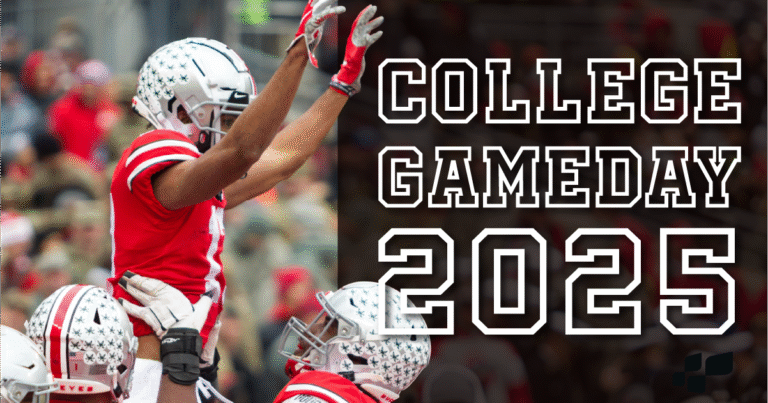Image quality is everything in broadcast media. Viewers expect vivid, true-to-life visuals that mirror what they’d experience in person, which is a far cry from the grainy SD screens of the past. Back then, sitting too close to the TV meant seeing tiny red, green, and blue “rainbow” dots that created every picture (it also meant risking going crosseyed permanently).
Today’s displays are capable of both Standard Dynamic Range (SDR) and High Dynamic Range (HDR), which allows the viewer a more true-to-life experience while watching a broadcast.
What is SDR?
SDR, or Standard Dynamic Range, has been the long-standing broadcast standard. Hence, the name. It defines how light and color information are captured and displayed within a limited range, which can make shadows appear darker and bright highlights lose detail. While SDR served television well for decades, the next evolution of HDR expands that range dramatically, making images appear closer to what the human eye actually sees.
What is HDR?
High Dynamic Range (HDR) expands both brightness and color range, adding more data to create a more realistic image. It allows the deepest blacks and brightest whites to coexist in a single frame, preserving the full tonal detail that cameras capture. The result is a picture that feels more dimensional, more natural, and more immersive.
From a technical standpoint, HDR uses greater bit depth and wider color gamuts such as BT.2020, which dramatically increase the number of visible shades and tones. Mimicking the eye’s natural ability to pick up glints of sunlight or deep shadows help to immerse the viewer into their entertainment experience. This is exactly why all of the major broadcasters have committed to drastically increasing the amount of HDR events that they produce.
Why SDR vs. HDR Matters in Broadcast
For broadcasters, HDR isn’t just about aesthetics. It changes the entire production chain. Every piece of equipment like cameras, replay servers, monitors, and switchers must support HDR signals accurately. It also requires careful management of metadata, color conversion, and real-time monitoring to maintain consistency across all platforms.
That complexity is why many networks rely on Creative Mobile Solutions, Inc. (CMSI). CMSI designs and supports HDR-enabled workflows for some of the world’s largest live events, including the NBA on ESPN and FOX Sports broadcasts like the INDYCAR SERIES.
CMSI’s engineers understand how to capture, manage, and deliver HDR content seamlessly, including when production teams need simultaneous SDR feeds for other distribution channels.
CMSI’s Role in HDR Integration
CMSI provides the infrastructure and technical expertise to make HDR practical for live and file-based workflows. Their systems handle color mapping, signal routing, and format conversion in real time, ensuring that HDR and SDR outputs remain visually aligned. CMSI helps broadcasters achieve consistent, accurate color performance across complex multi-vendor environments which allows creative teams to focus on storytelling.
The Future of HDR
HDR has become the new visual standard for live sports, entertainment, and studio production. As technology continues to evolve, CMSI remains at the forefront, helping broadcasters deliver the most realistic and visually striking images possible.
The difference between SDR and HDR isn’t just technical, it’s emotional. HDR brings viewers closer to the experience, and CMSI makes HDR possible.












